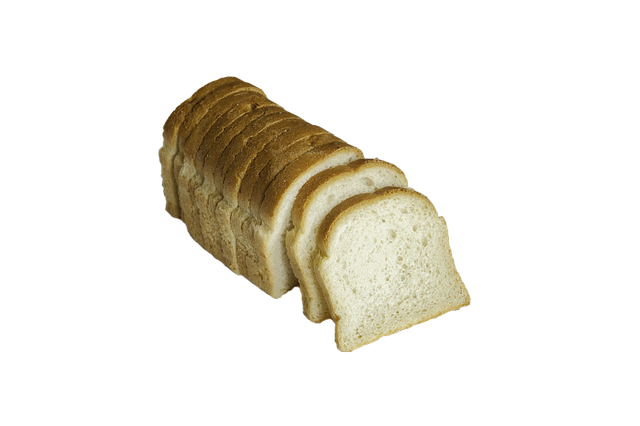Understanding Exposure in Photography
When it comes to creating excellent photographs, achieving the right exposure is key. Exposure encompasses the balance between light and shadow, determining how bright or dark your images will turn out. Here are five expert tips that will help you master exposure and capture stunning photos with your camera.
1. Know Your Camera Settings
Your camera offers a variety of settings to control exposure, including ISO, aperture, and shutter speed. Understanding how these three elements interact is crucial for achieving excellent results. For instance, a wider aperture (lower f-stop number) allows more light to enter, perfect for low-light conditions. Experiment with different settings to see how they affect your images.
2. Use a Light Meter
Professional photographers often use a light meter to assess the lighting conditions before taking a shot. This tool measures the amount of light in a scene, providing precise exposure settings. If you don’t have a light meter, you can also use the camera’s histogram to evaluate exposure and ensure your photos have a balanced distribution of light tones.
3. Master the Exposure Triangle
The exposure triangle consists of ISO, aperture, and shutter speed. Balancing these three components is essential for achieving excellent exposure. Increasing your ISO can help in low-light situations, while adjusting your shutter speed can freeze action or create motion blur. Learn how to manipulate these settings to fit various photography scenarios.
4. Pay Attention to Lighting Conditions
Natural lighting plays a significant role in photography. The golden hours of sunrise and sunset offer soft, warm light that can enhance the mood of your images. Conversely, harsh midday sun can create stark contrasts and unflattering shadows. Consider the time of day and the quality of light available when planning your photography sessions for excellent outcomes.
5. Shoot in RAW Format
Capturing photos in RAW format allows for greater flexibility when editing your images. Unlike JPEG, RAW files retain more data, which means you can adjust exposure in post-processing without sacrificing image quality. This is especially useful for correcting exposure issues while maintaining the integrity of your photographs.
By applying these expert tips to your photography practice, you’ll be well on your way to capturing excellent exposure in your images. Each photo will tell a story, drawing the viewer in with its beautifully balanced light and shadow!



